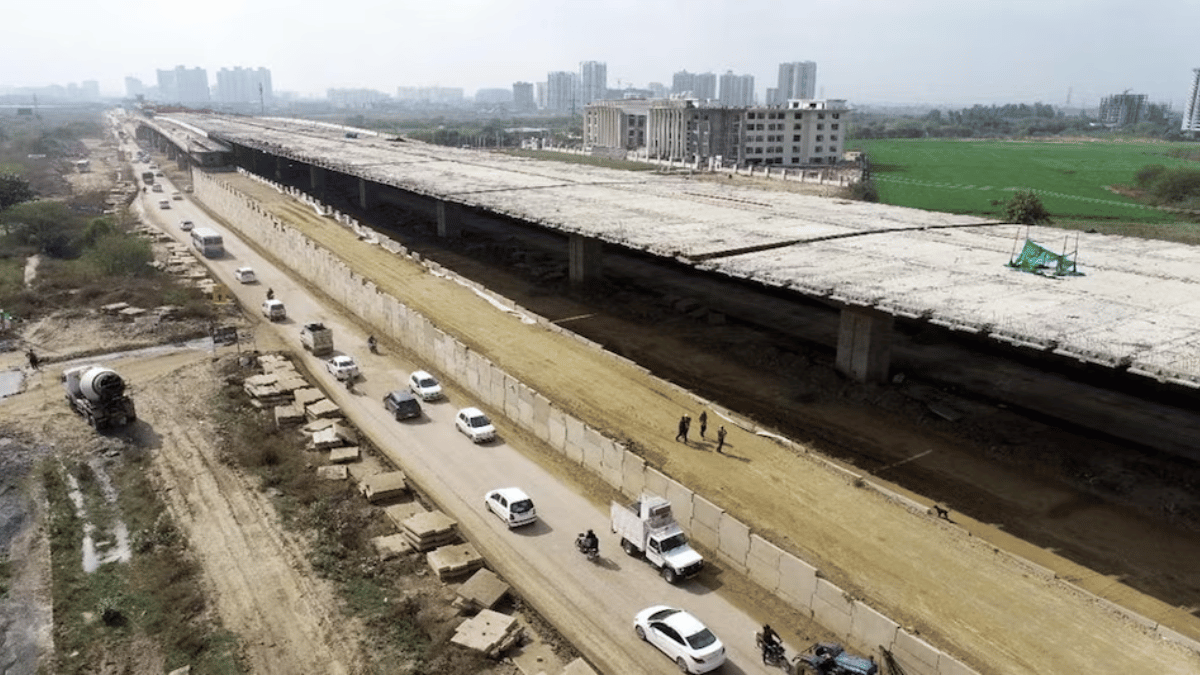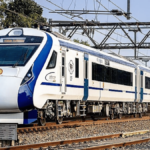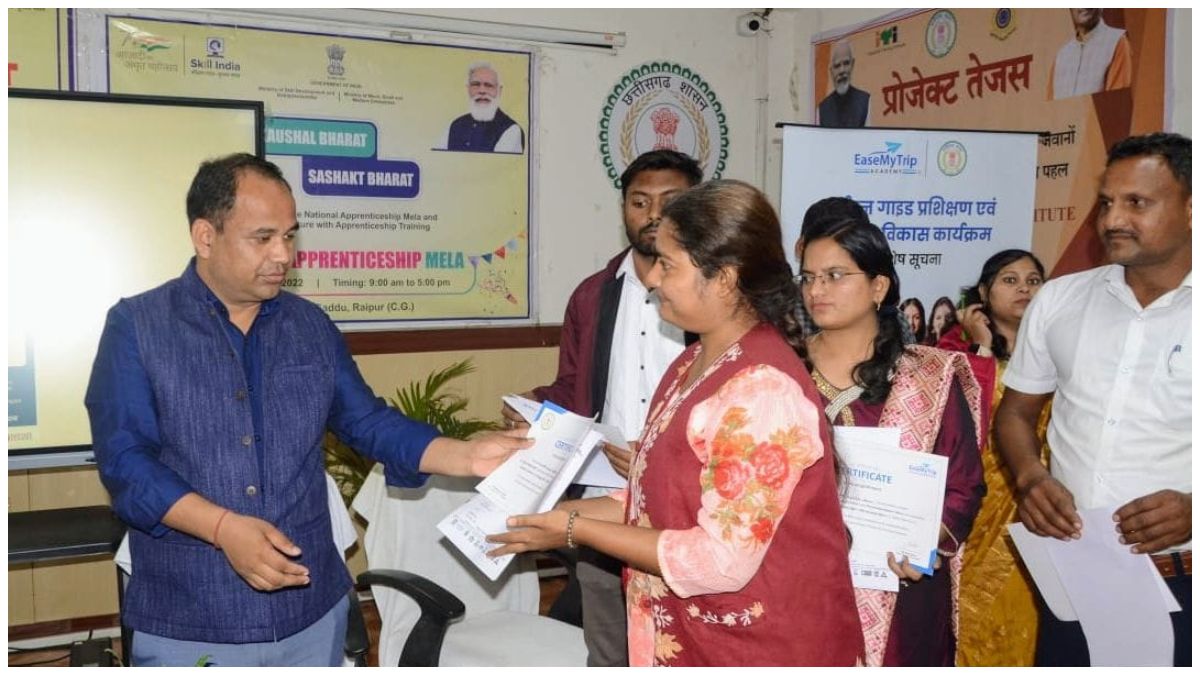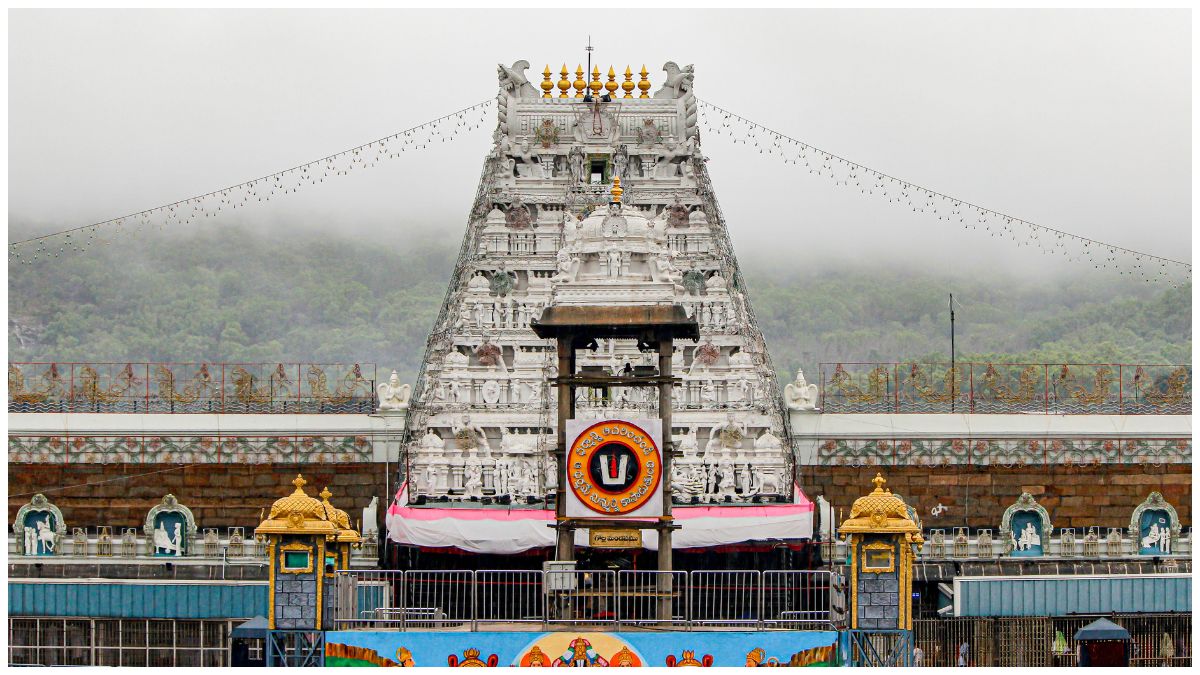Unveiling India’s First-Ever Elevated Dwarka Expressway
Prime Minister Narendra Modi recently inaugurated India’s pioneering 8-lane elevated Dwarka Expressway on National Highway 48, marking a monumental stride in alleviating traffic congestion in Delhi. Here’s what sets this expressway apart:
Elevated Dwarka Expressway – Length and Expenditure:
Spanning 29 kilometers and constructed at a cost of INR 4,100 crore, this expressway boasts underpasses, tunnels, elevated structures, and flyovers, all geared towards easing traffic flow between Delhi and Gurugram.
Geographical Spread:
This expressway, revolutionizing commuting experiences for residents in the region, encompasses 18.9 kilometers in Haryana and 10.1 kilometers in Delhi.
Time-Saving Measures:
With commuters gaining access to this expressway, a significant reduction of at least 20 minutes in travel time between Delhi and Gurugram is anticipated, promising enhanced connectivity and operational efficiency.
Tackling Traffic:
Union Minister of Road Transport and Highways, Nitin Gadkari, emphasized that besides alleviating congestion on NH-48, the new expressway will positively impact the lives of local residents.
UER-2 Completion:
The imminent completion of Delhi’s Urban Extension Road-2 (UER-2) within two months is expected to slash traffic towards Dhaula Kuan by 70 percent, facilitating a mere half-hour journey from Panipat to Delhi airport.
Environmentally Conscious:
Gadkari highlighted the project’s eco-friendly approach, incorporating 30,000 tons of waste in construction, underscoring a steadfast commitment to sustainability.
Moreover, the 19-kilometer elevated portion of the Dwarka Expressway in Gurgaon, featuring 8 lanes, showcases a unique single-pier construction. This design not only minimizes land requirements but also accommodates the city’s high-volume traffic with broader service roads. Importantly, authorities prohibit development along the expressway’s path or spurs, restricting access to specific entry points.
The expressway provides direct access to IGI’s Terminal 3 through a 2.3-kilometer tunnel linking Mahipalpur to T3. Notably, engineers designed a 500-meter segment of the tunnel near the airport to be blastproof.
In Delhi, the 10.1-kilometer expressway will connect to Basai in Haryana, featuring an 8.6-kilometer elevated section with an 8-lane main carriageway. Notable features include traffic signal-free lanes, cycle tracks, vehicular underpasses, elevated service roads, subways, footpaths, rainwater harvesting, and groundwater recharge facilities. Reports indicate that it is the widest railway-over-bridge with 16 lanes and hosts one of the longest ‘bow spring steel bridges’ at 125 meters.






